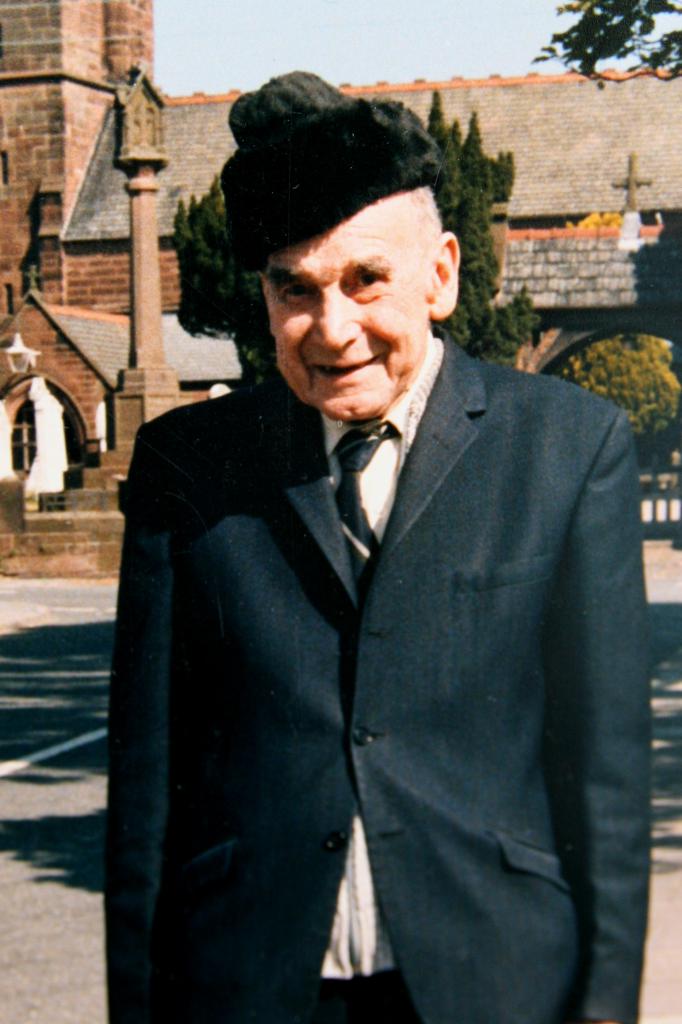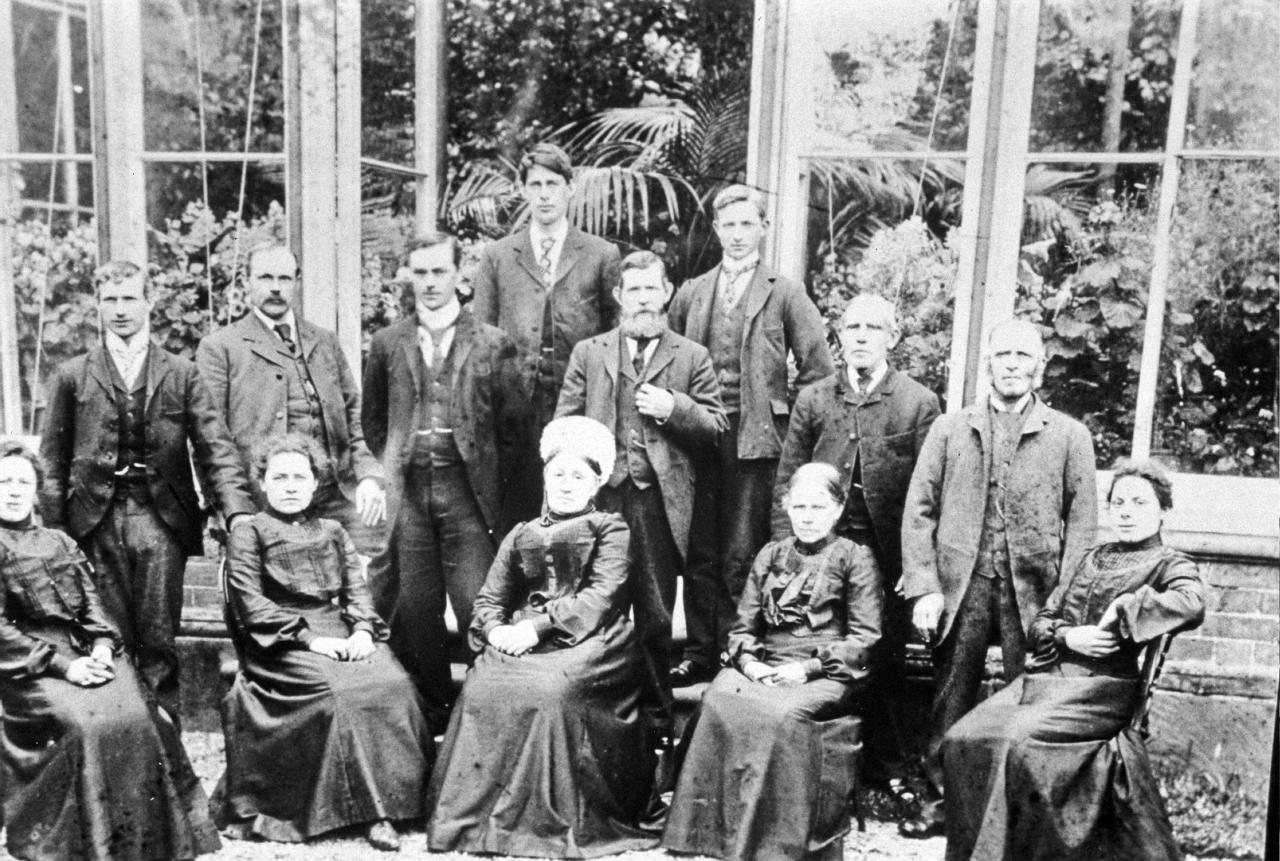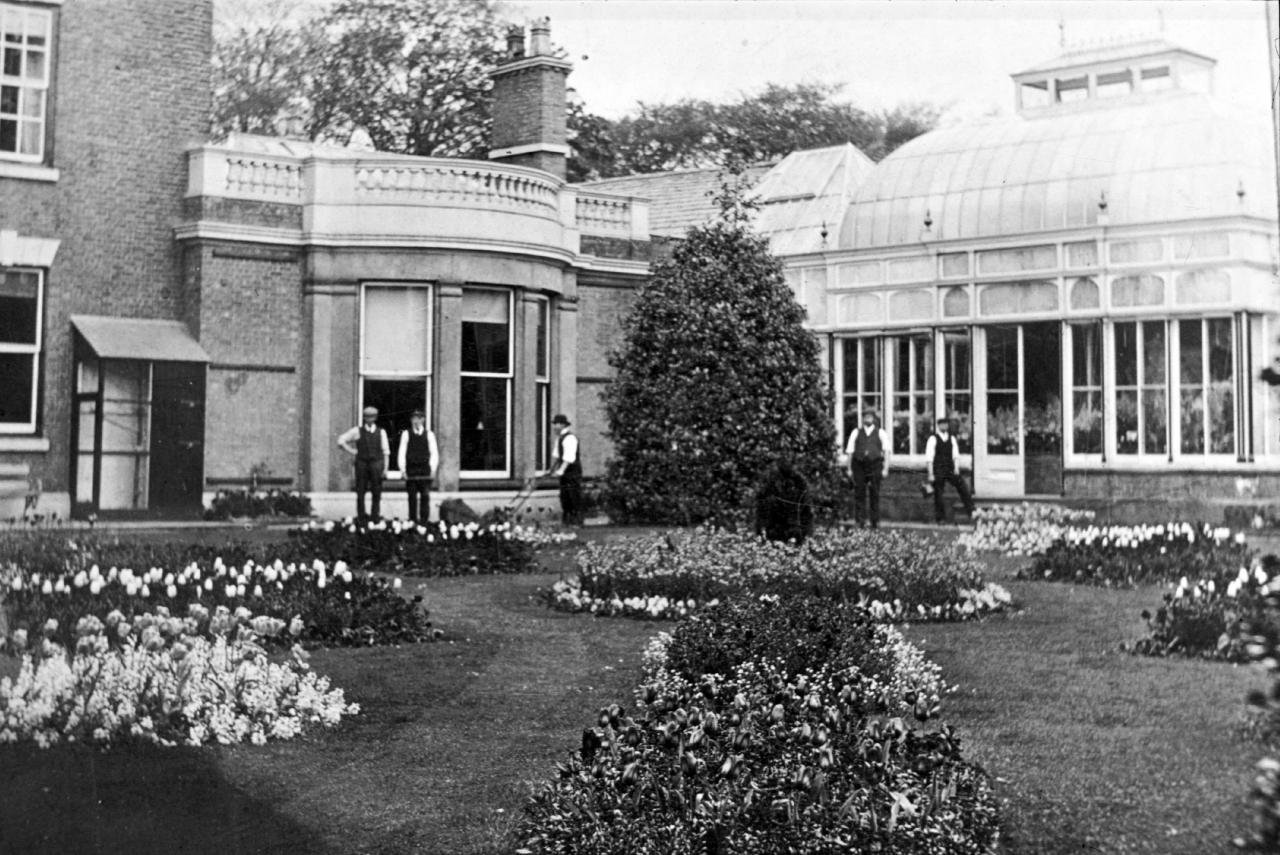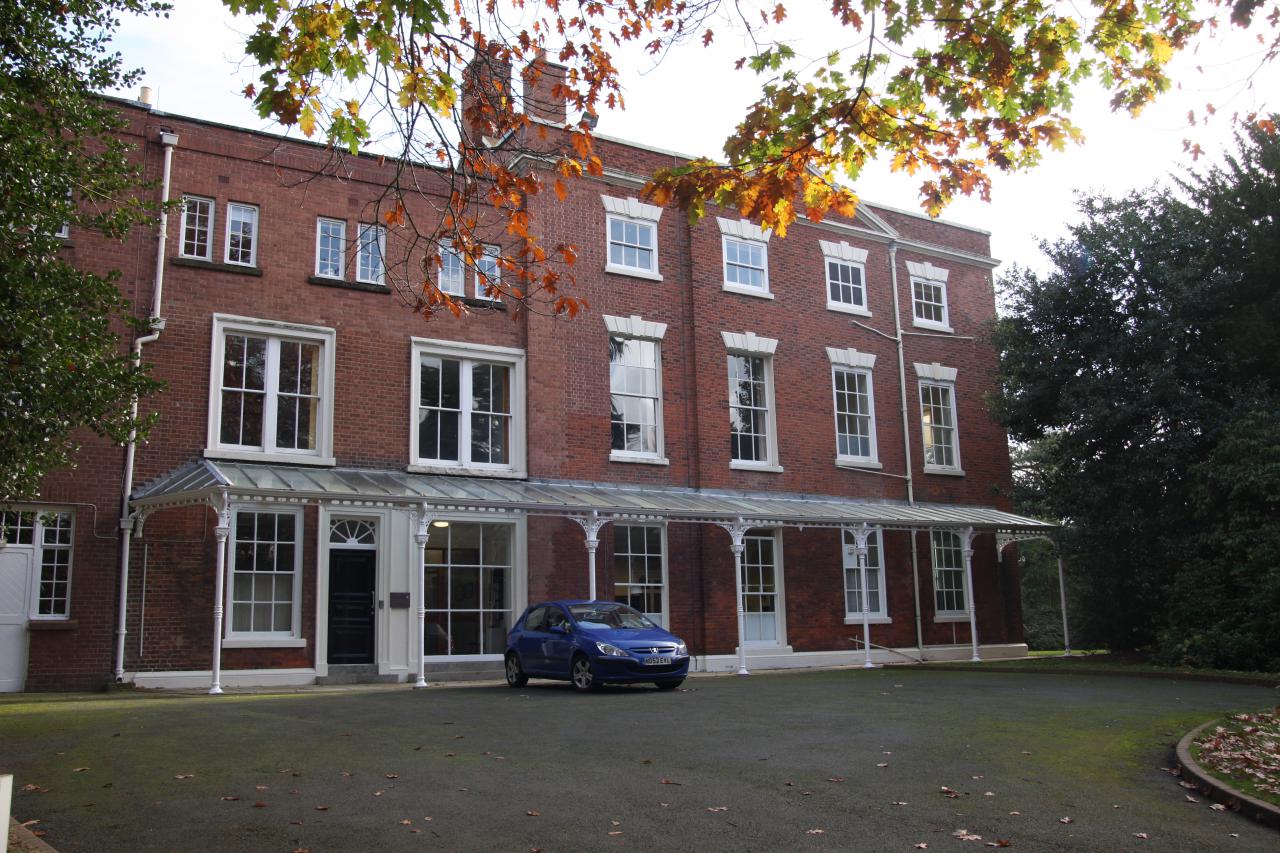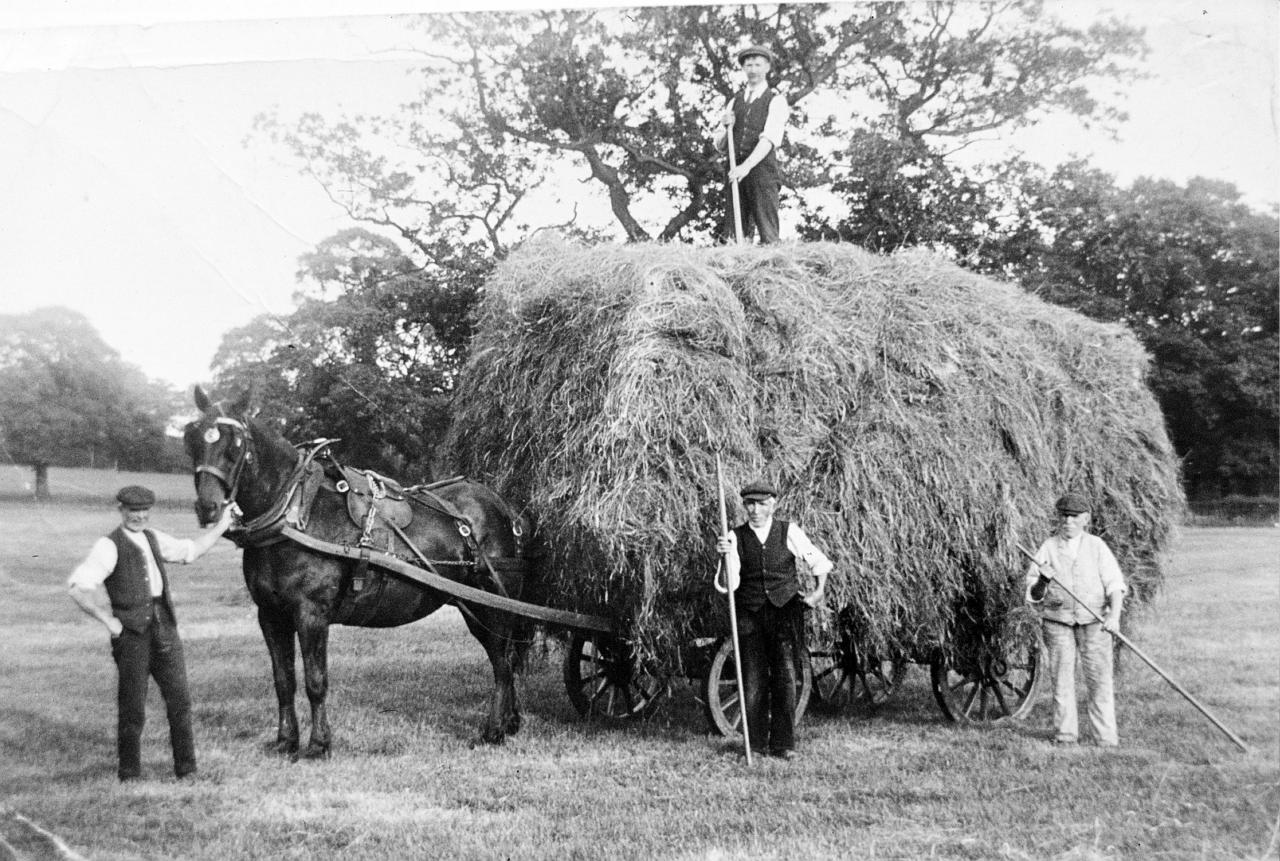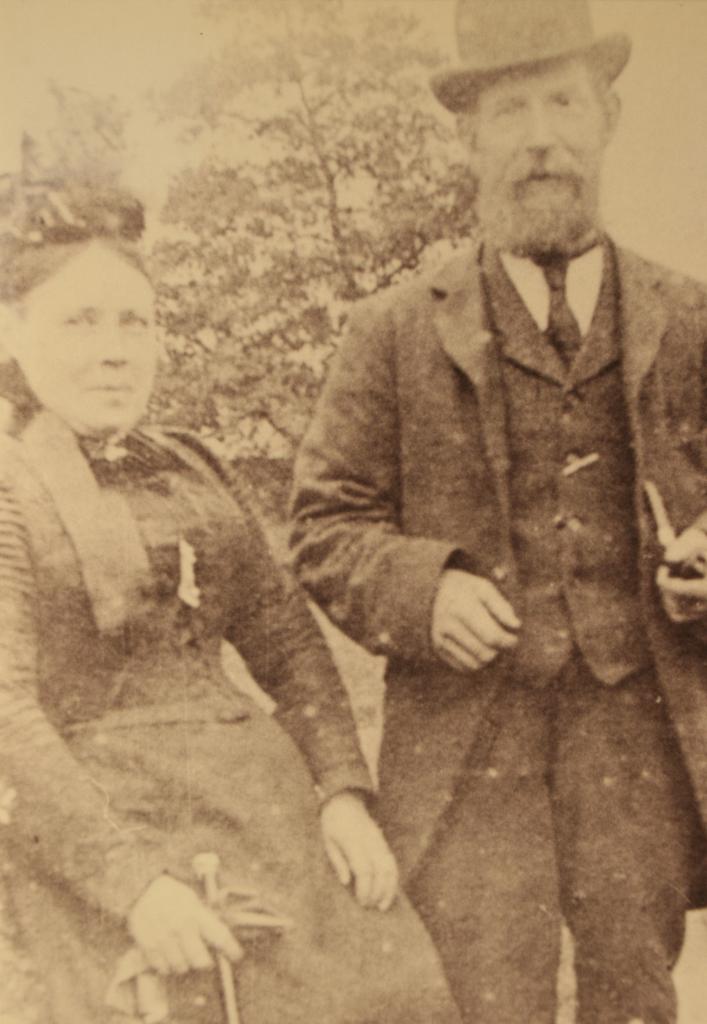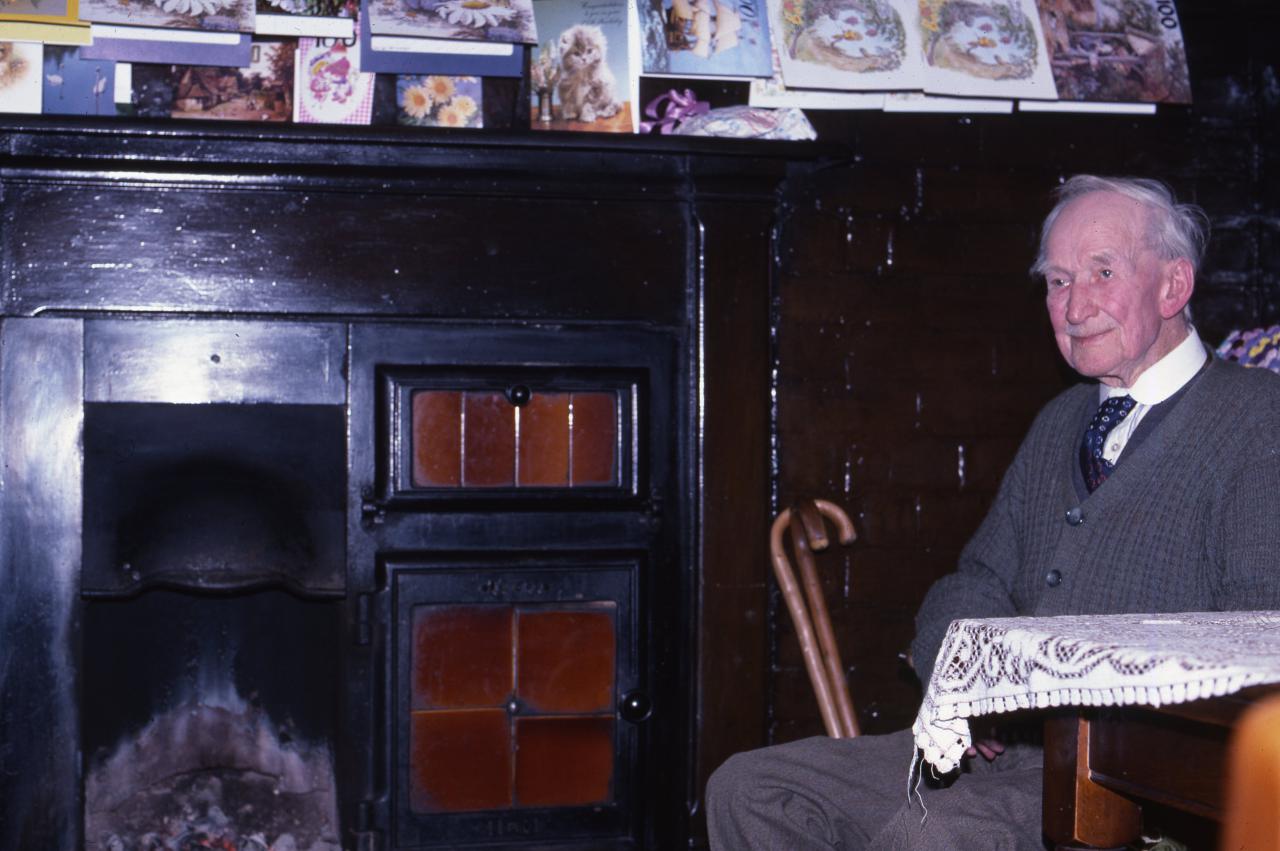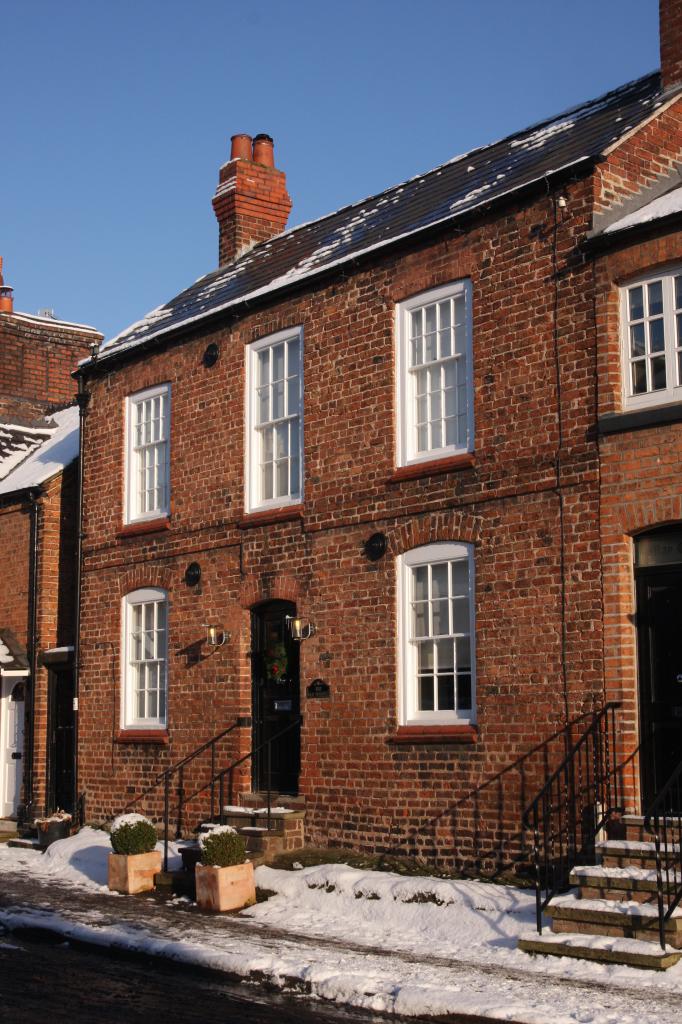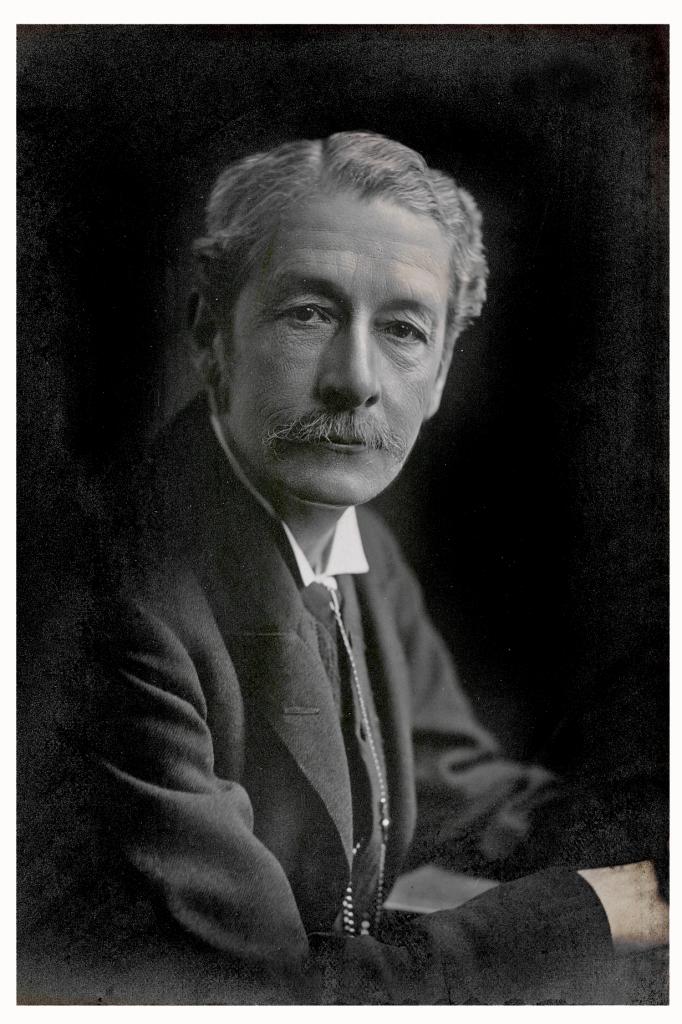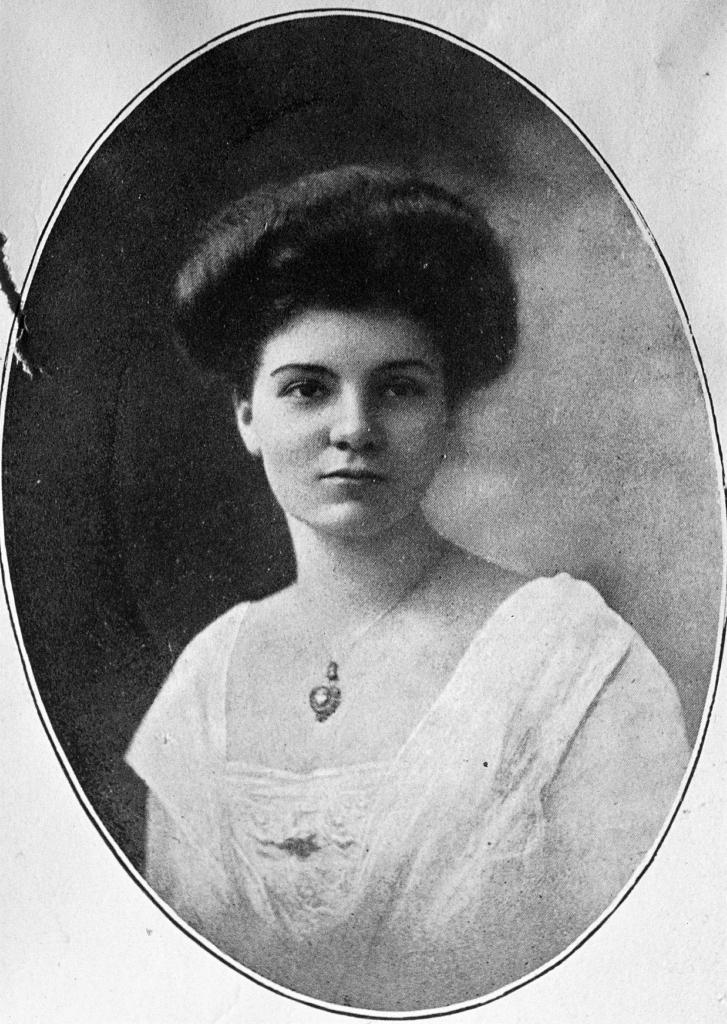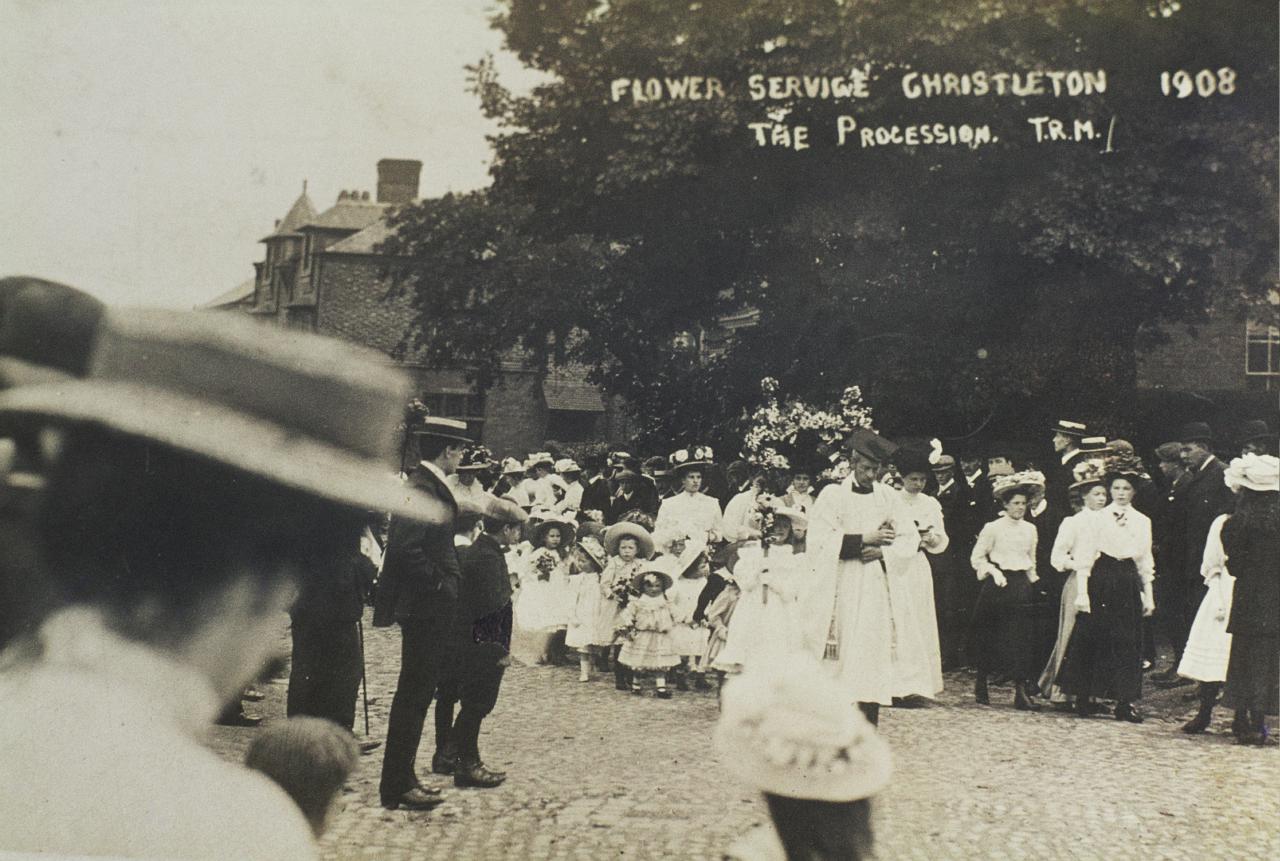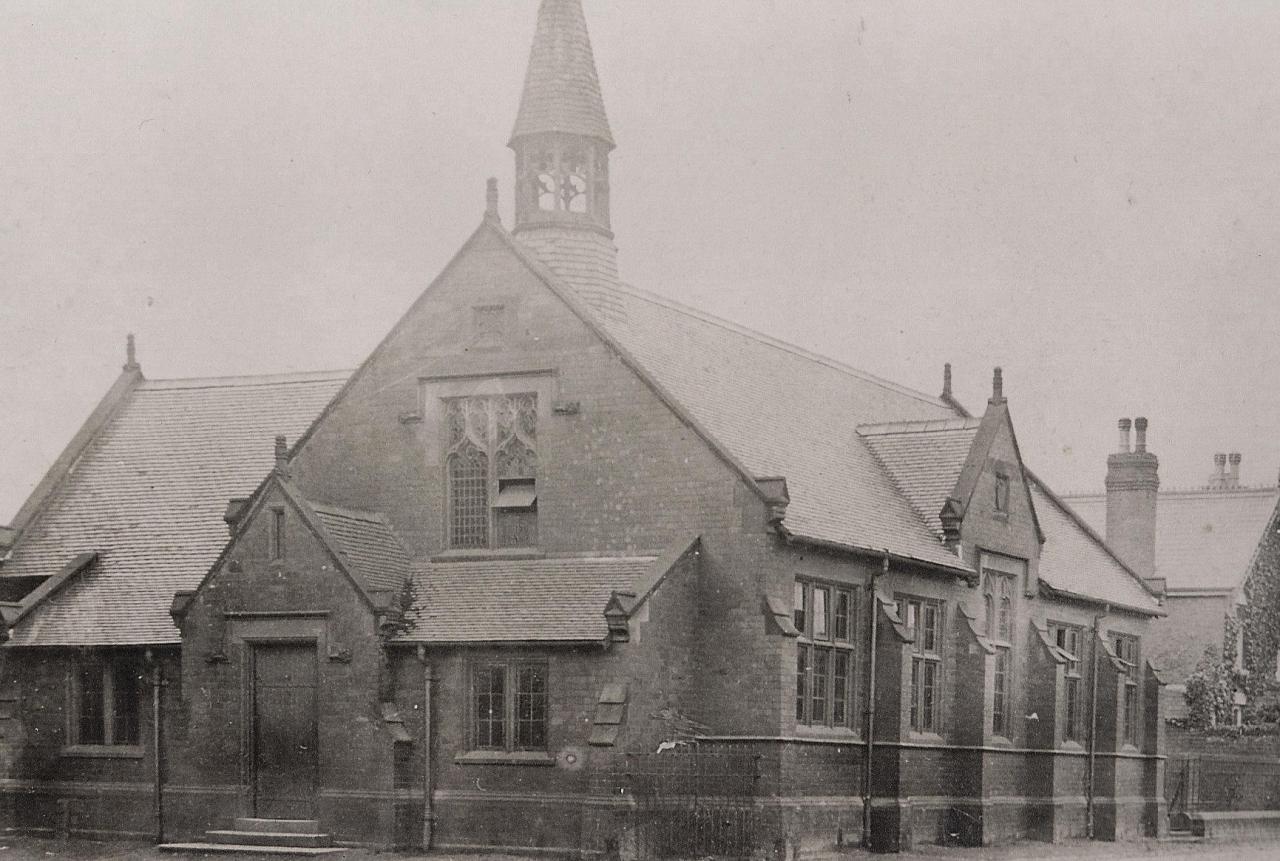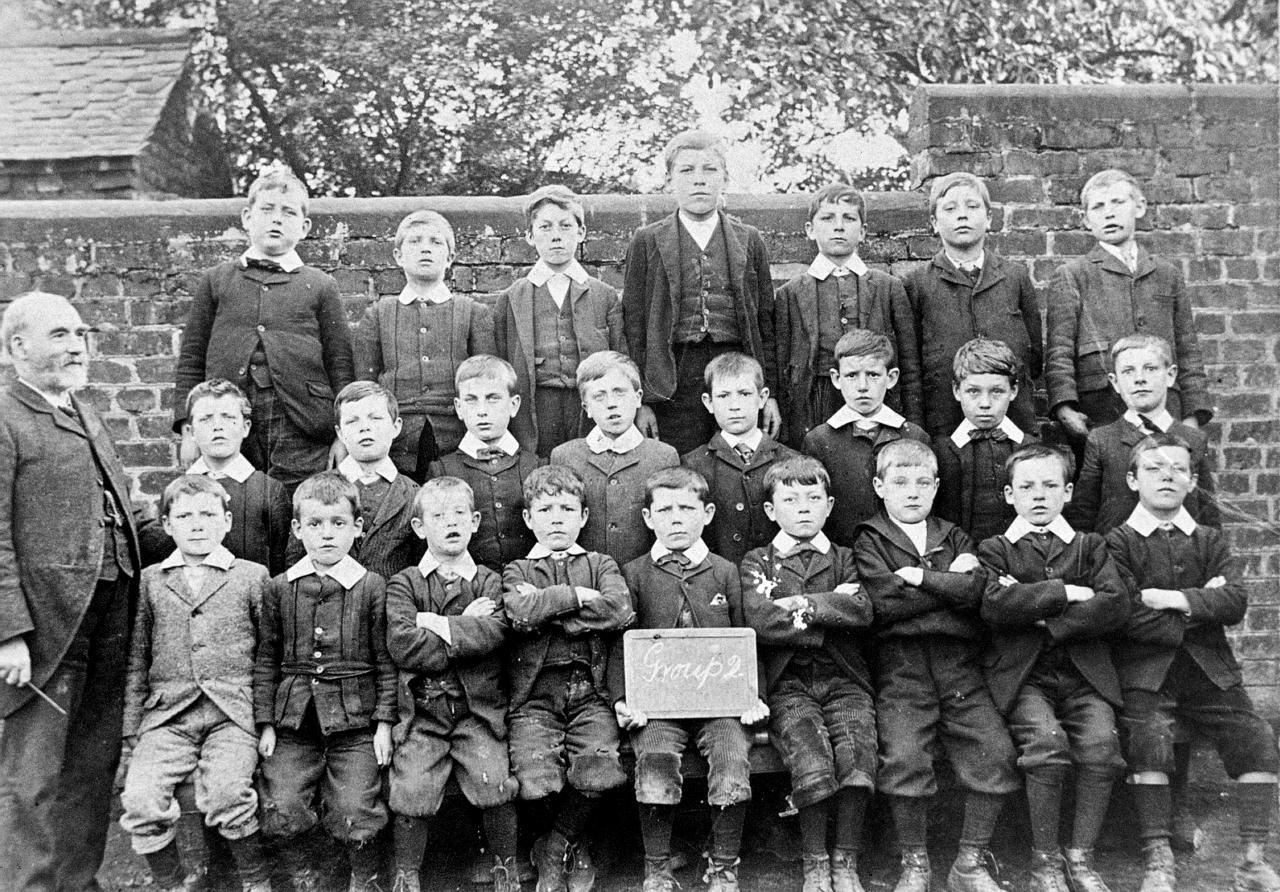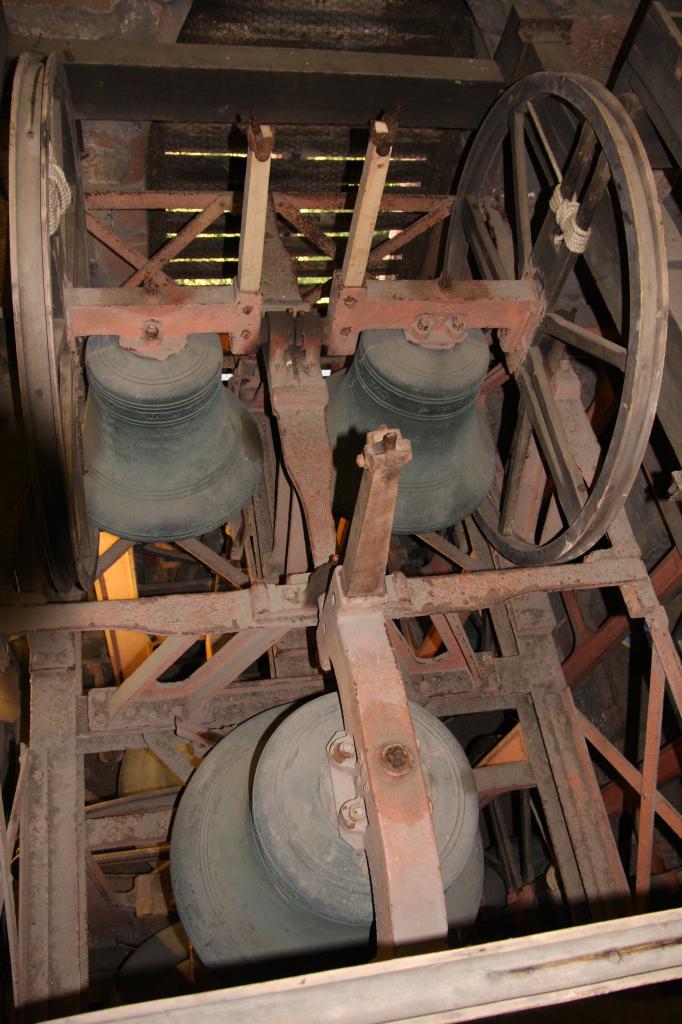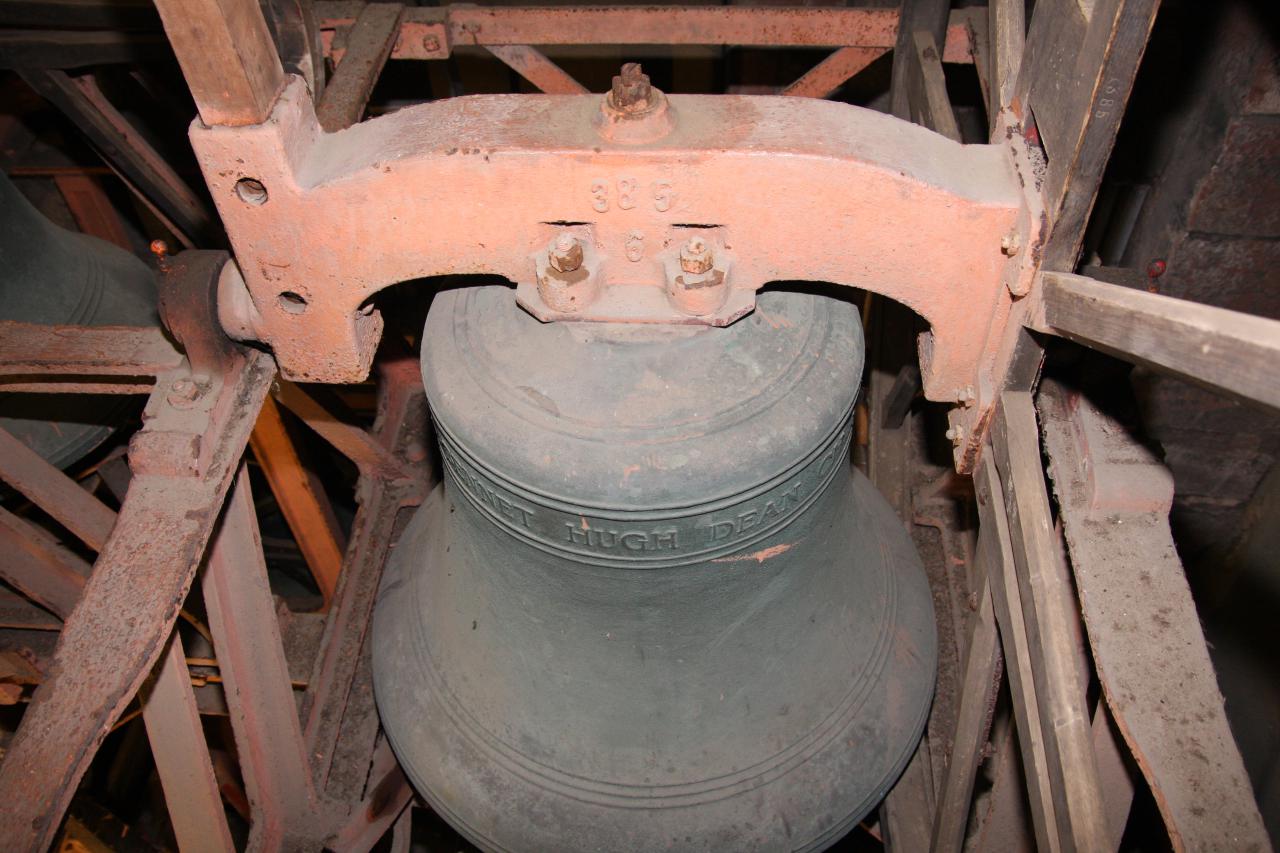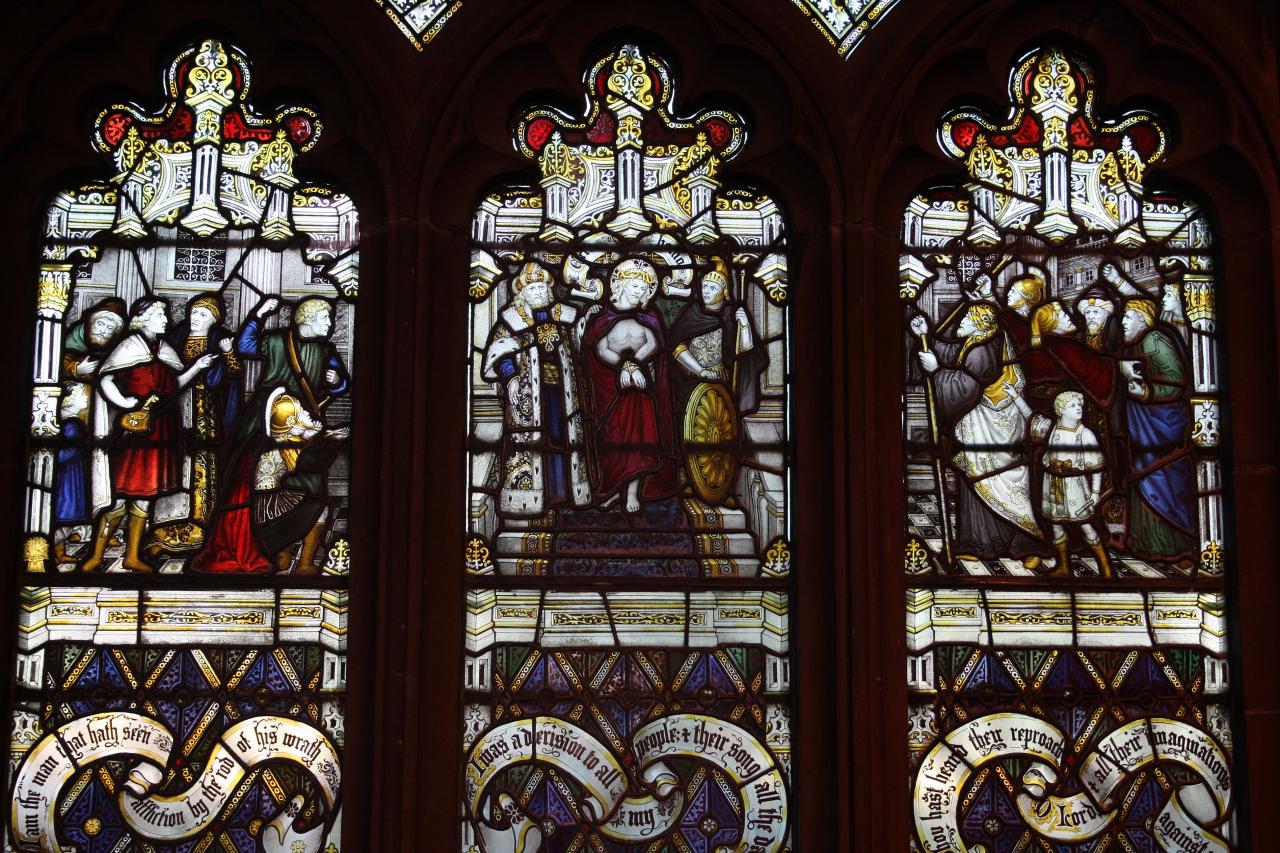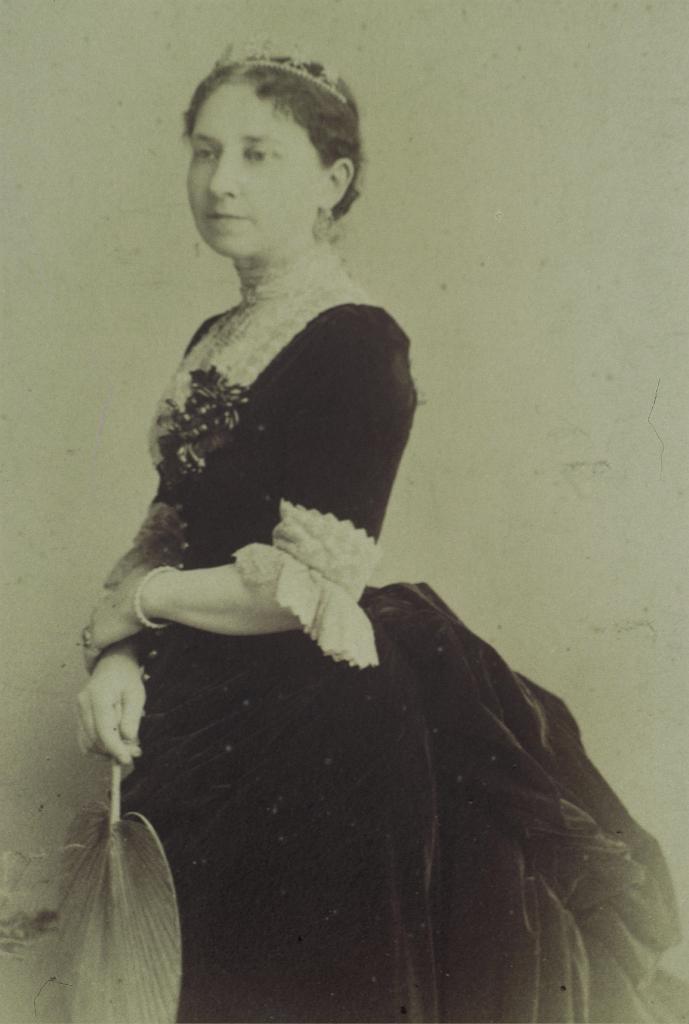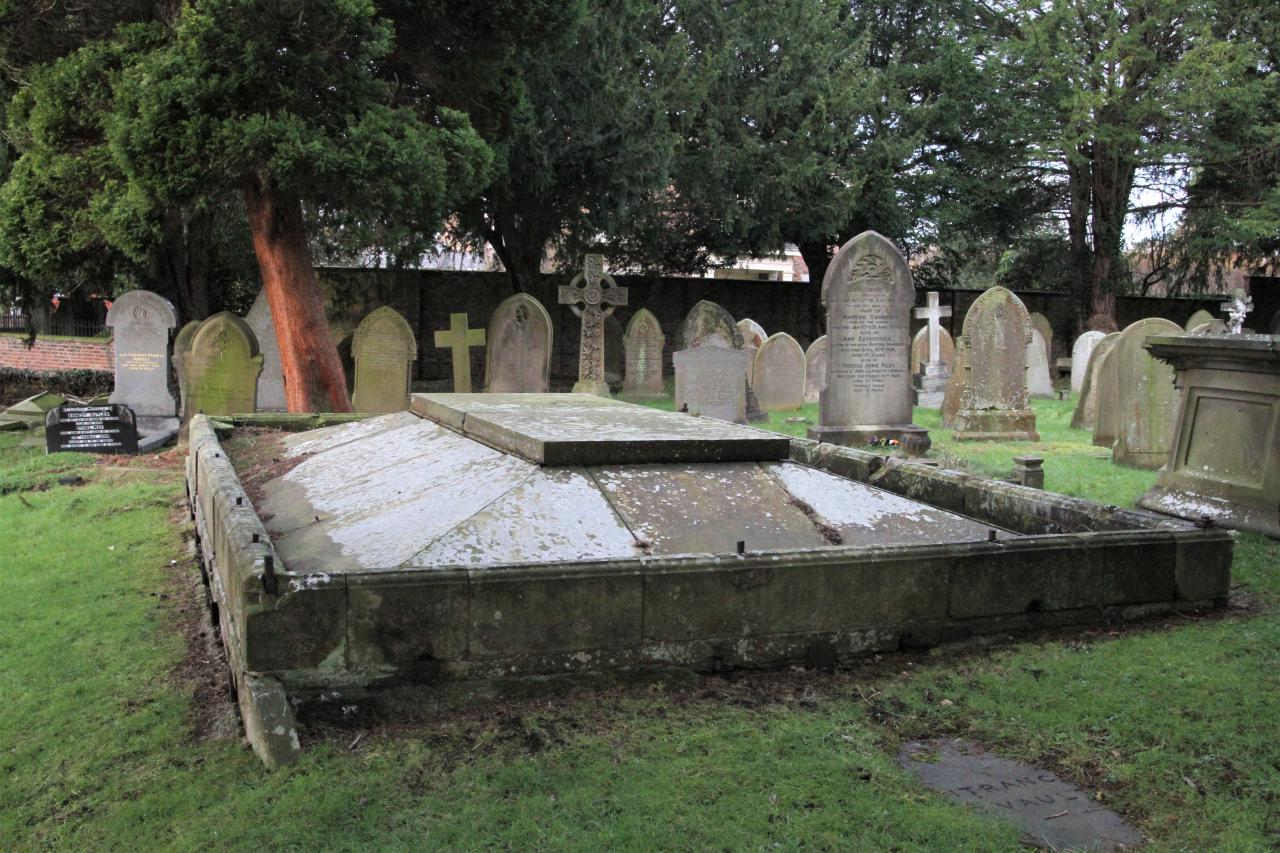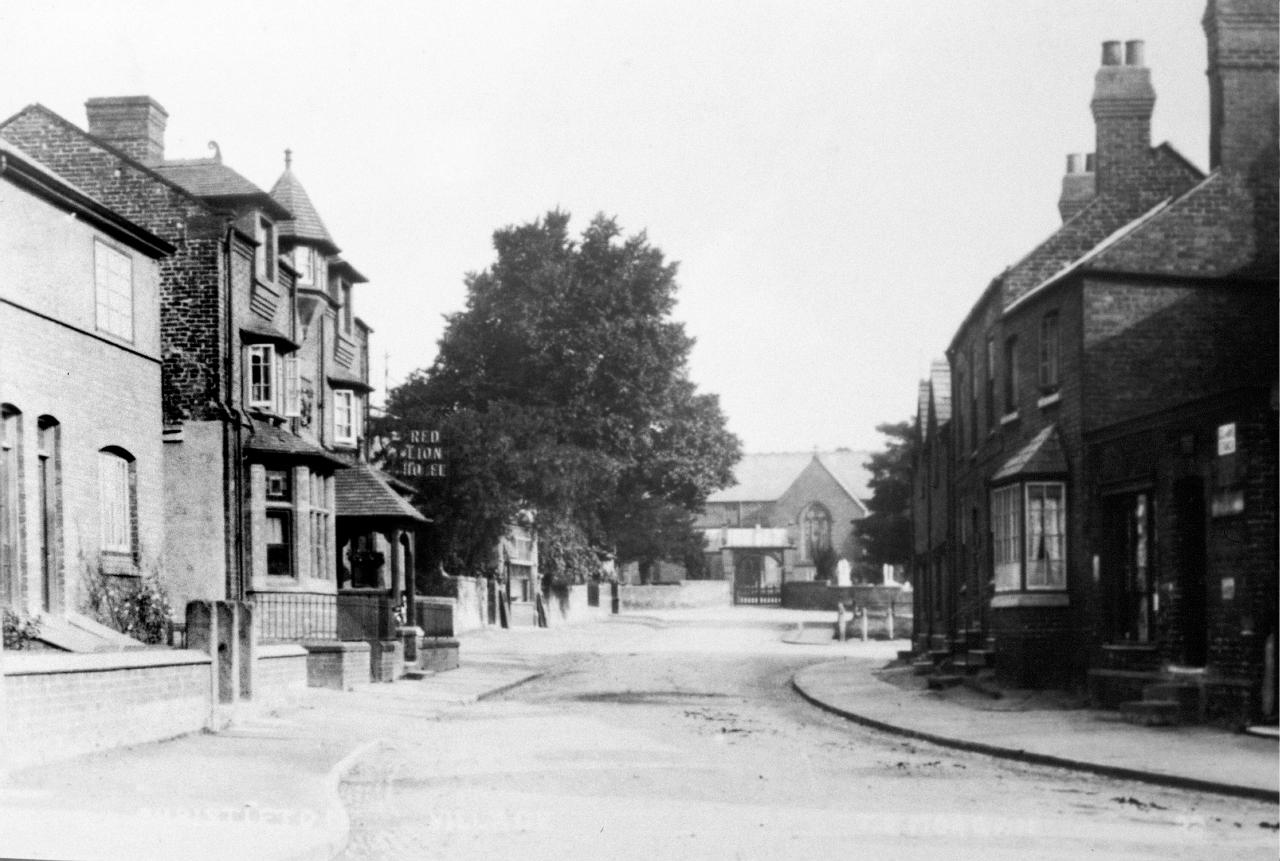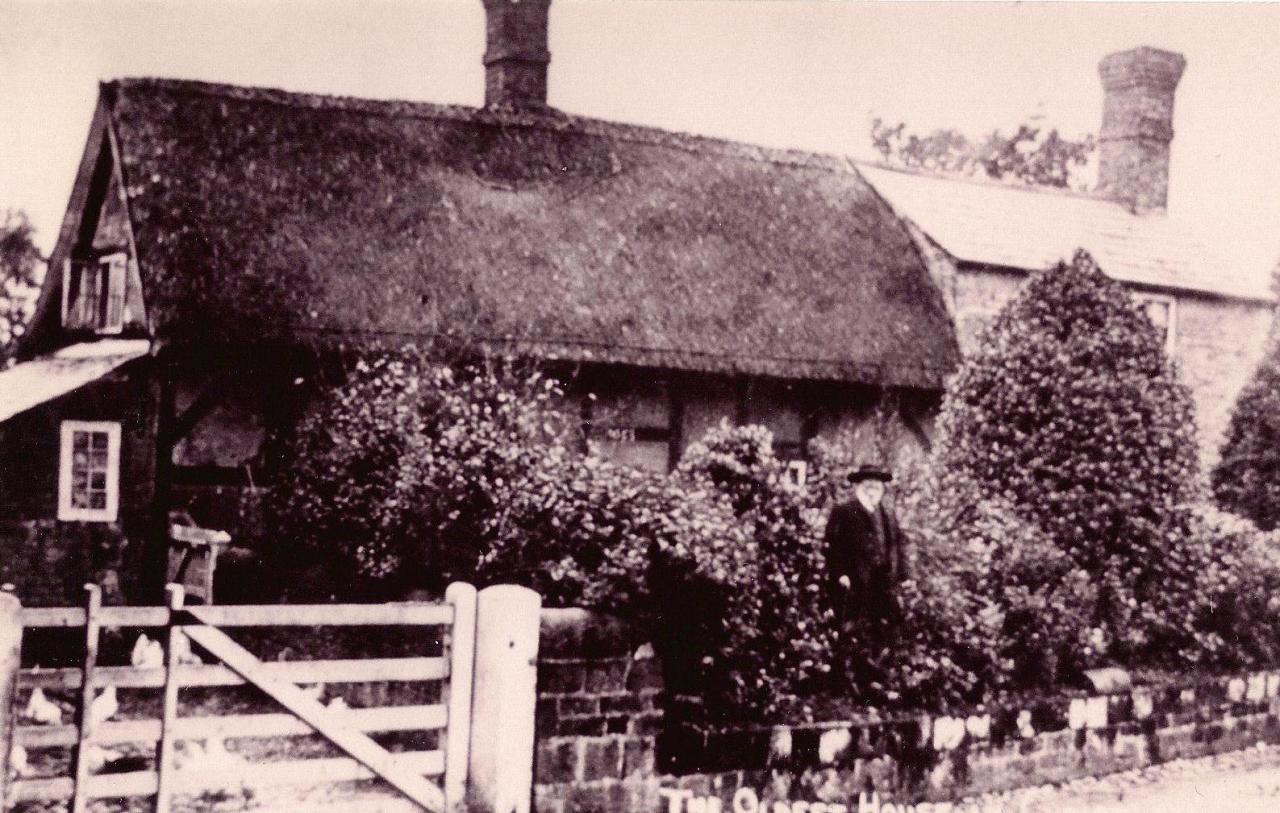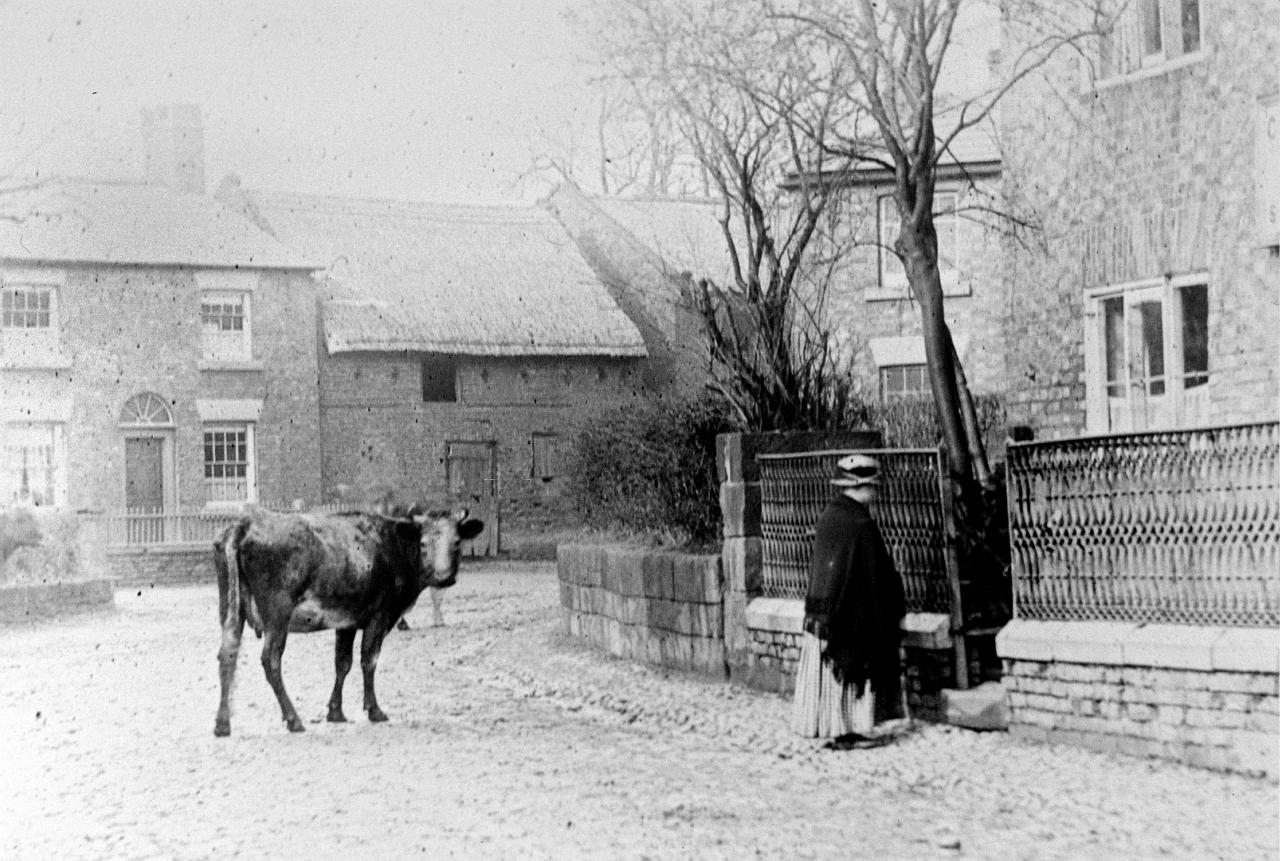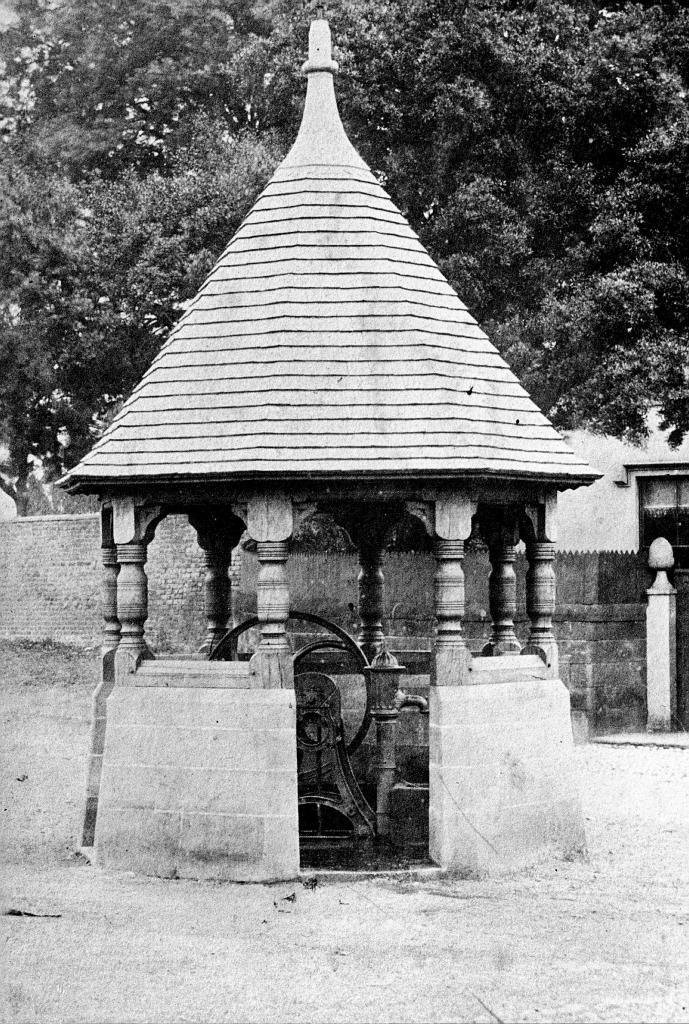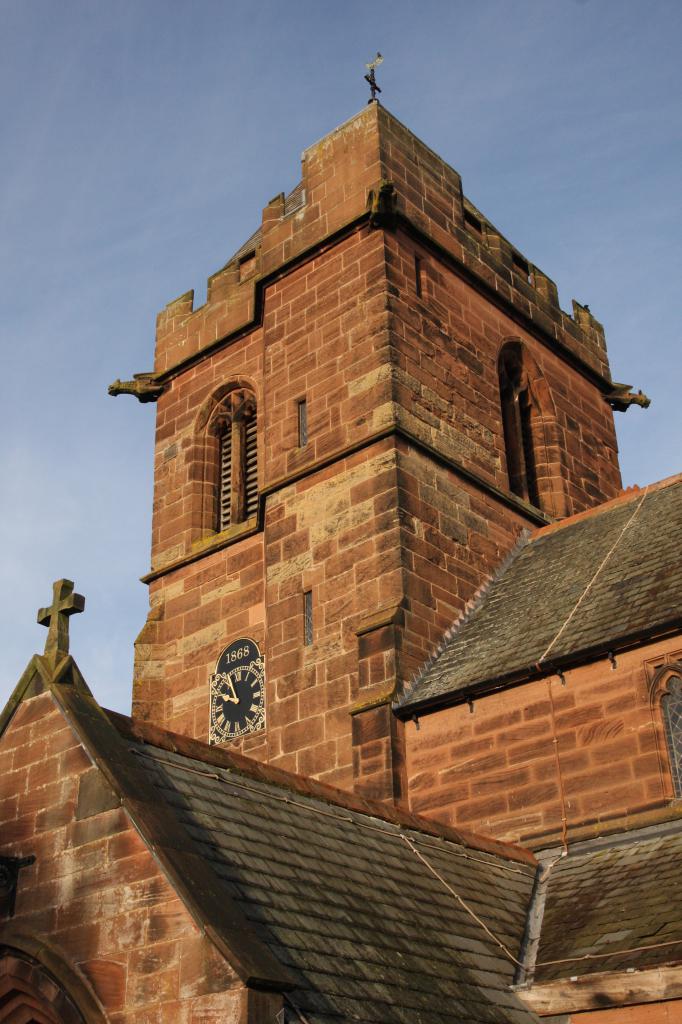

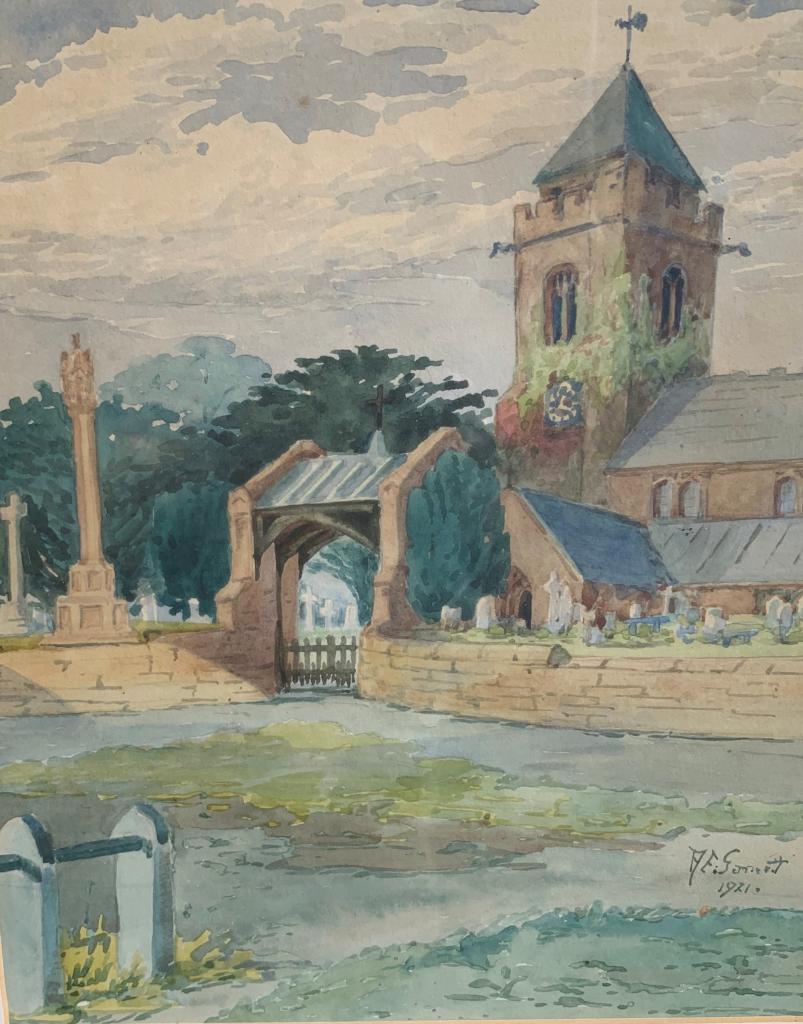
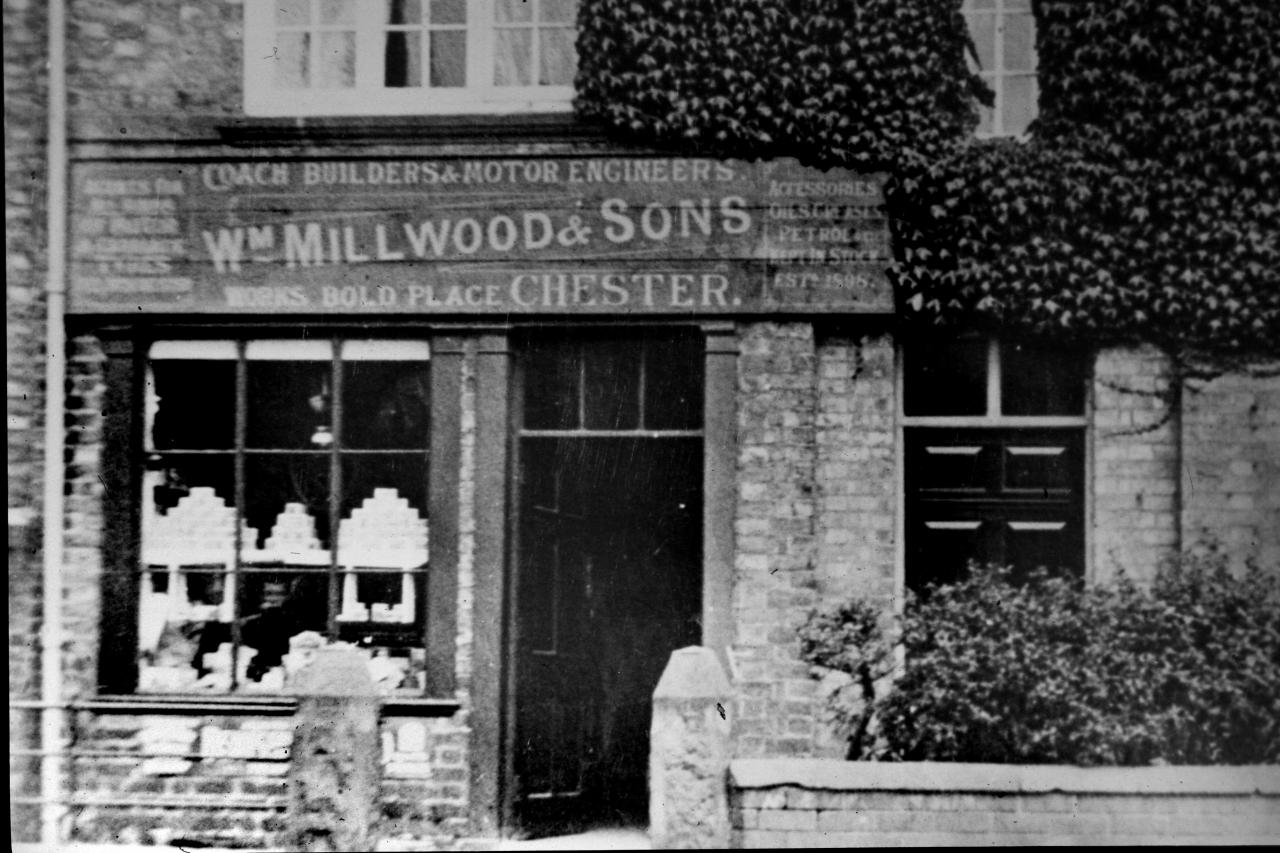
I keep harping on about the village being self contained. Most of the natives worked and stayed in the area, and the city seemed a long way away. Seventy years ago there were only five cars in the village, all chauffer driven (so you dina get a lift from that lot), and of course you could walk faster than a horse and cart. Up to 1905 the only way to get to Chester was on Shanks’s pony. In 1903 the Corporation began using trams with a terminus at Stocks Lane (Boughton); this shortened the walk. Then in about 1920 Charlie Woodfine from Tarvin ran a small bus named Dinky each Tuesday and Thursday. He would pick up the ladies for shopping at 10.30am, park at the Queen’s Hotel in Seller Street, and bring them home two and a half hours later, often stopping at one’s door, and the young conductor Charlie, would carry your purchases into your house. In 1930 the City Corporation replaced the trams with buses, which terminated at the top of the village. I remember the first Sunday they arrived, half the village queued just to ride on a bus into the city centre. Buses to the Trooper Inn began three months later. The buses and trams were an apple-green and cream livery, and the fare from Christleton to the city centre was 3d.
Mrs Ince from Christleton Hall was an autocrat, who, with Canon Garnett, reigned supreme, with Sam Ealam as their lapdog. Mrs Ince owned almost all of the village houses. There were few exceptions, but otherwise the lot was hers; every house, cottage, shop , workshop, farm, blade of grass, everything with a mile from the top of the village. If not working directly for her, the roof over your head was hers so you could look out.
I think that at one time she thought the church belonged to her too.
She employed about twenty in the hall grounds, horseman, cowman, pigman, coachman, gardener and all his team. The walled garden itself was about three acres. About the same number were employed indoors, from the head butler down to the scullery maid. They all started work at 6.30am, had about half an hour off for breakfast, a similar time for dinner, and then finished the day at 5.30pm. Some worked in the evening too, especially if there were guests for dinner. On Saturdays they worked until 3.00pm and on Sundays about half were always on duty looking after security. They all dressed in their Sunday best, which was provided by My Lady. On some Sundays, as the bells started for Matins, they would parade in the coach yard, about 40 servants in all, and Mrs Ince would inspect them. They would then walk her to the front pew of the church, and listen to the Canon’s sermon telling the congregation what a heaven’ sent benefactor they had all got. Then after the service the servants would accompany her back to the Hall.
She often used to ride in her carriage and pair around the village, and should a cottage gate or door be left open, the carriage was stopped and the footie would be sent to close them. That didn’t happen very often or you would be out on your ear. Mrs Ince was the last to be put in the large family vault which runs parallel with the path leading to Pepper Street. Tom Johnson, the local coal merchant, told me a story about her funeral. “You know kid, I was standing at the church porch door after the service. The Lady had been a customer, but like us all, I was a tenant and had to attend. Then Jack Roberts came down from the Tower having been ringing with the team, with bells muffled of course”, and he said,” I owe you a bob or two, for the coal you delivered. Come in ere. So we both went inside the vault, cos we couldn’t exchange the money in the churchyard without everybody looking, could we?” Jack put the money on Mrs Ince’s coffin. “Eh Kid I was upset. I didna like taking money off Mrs Ince, but money is money, so I took it in the end, but it worrited me for a long time”
I fell in love with Miss Olive Garnett twice before I was five years old. The first time was when she took me around the village on her donkey. When I come to think of it, I’m not sure if I fell in love with Miss Olive or her donkey. She was a lovely person, unmarried at the time, and living with her mother at The Green (Birch Heath Lodge). By the way have you heard that The Green, like many other local houses is haunted? Several of my friends have seen the apparition there, at some time or other. In fact it was only a few years ago, that a service of exorcism was held there by our church people.
More to follow……….
In fact that was the end of the letters from Frank as he died quite soon after sending this last letter. He had not been well for years and suffered particularly from asthma in later life. Despite his breathing difficulties, he took an active interest in the Bellringers and Tower until just before he died. I remember accompanying him to the Tower one day in the middle of summer, and Frank was wearing a wonderful Cossack type hat to keep his head warm. He was quite a character and in his letters gives some wonderful descriptions of Christleton he remembered from his youth. I have censored some of his letters, especially his stories about Sam Earlam, the Headteacher, they clearly didn’t get on. I’m sure however that there is a great deal of accuracy in the detail of life at the Hall, because his grandfather and grandmother were Head Gardener and Housekeeper respectively. His father James was also a gardener there at the turn of the century.
LISTEN INSTEAD OF READING
-
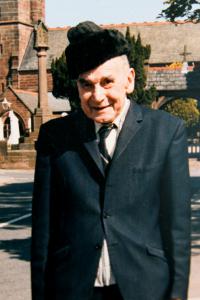
Frank Poston
-
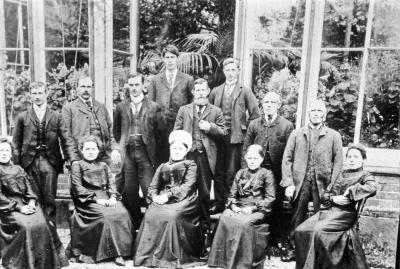
Christleton Hall Staff
-
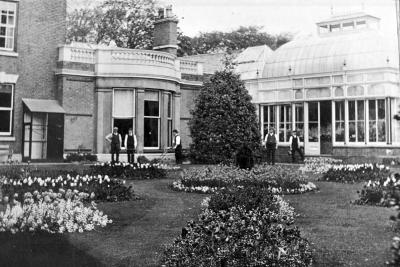
Christleton Hall Grounds and Conservatory
-
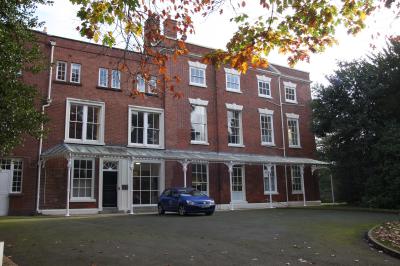
Christleton Hall
-
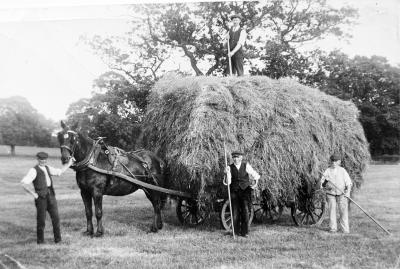
Haymaking at Christleton
-
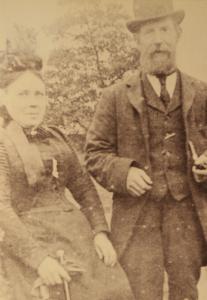
Mr. & Mrs. Poston
-
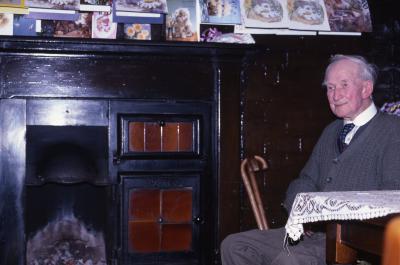
James Poston
-
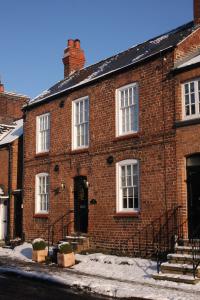
The Old Surgery, Village Road, Christleton
-
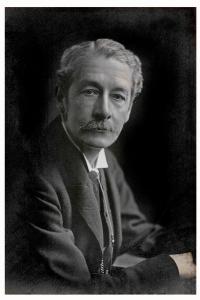
Canon Lionel Garnett
-
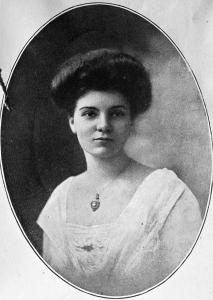
Miss Olve Garnett
-
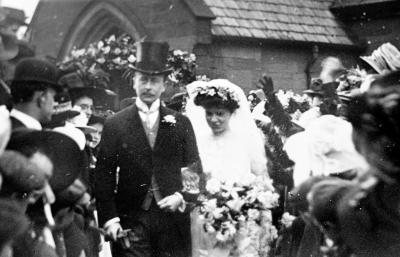
Wedding Day of Olive Garnett with her father
-
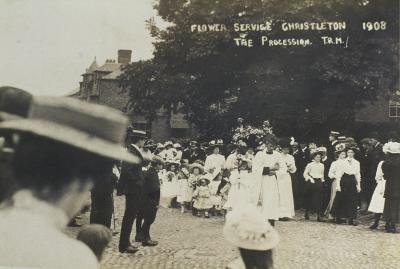
Lionel Garnett leading the Christleton Flower Service procession
-
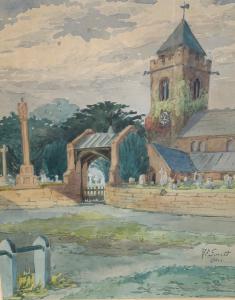
Parish Magazine Cover 1921 - Mre Garnett
-
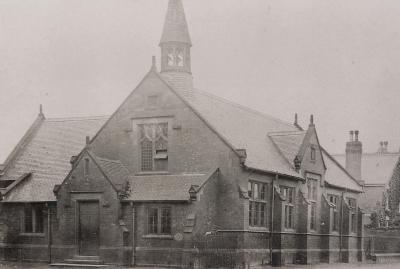
Boys School Building in Christleton
-
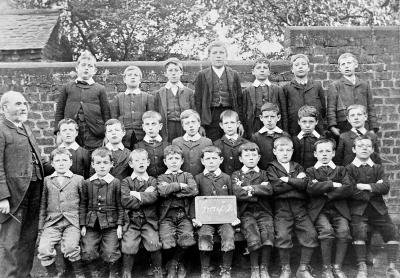
Sam Earlam at Christleton Boys School
-
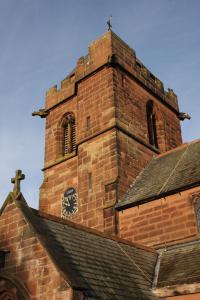
Belltower at St.James' Christleton
-
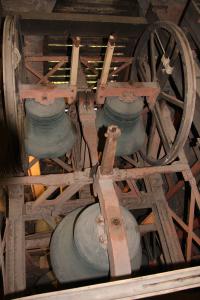
Bells at St. James' Church Christleton
-
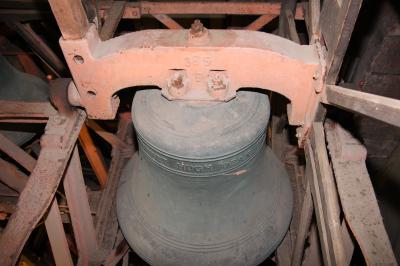
Bell at St. James' Church Christleton
-
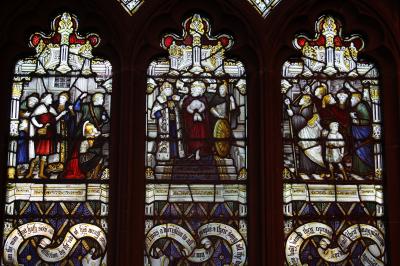
Lucy Ann Ince Memorial window at St. James' Christleton
-
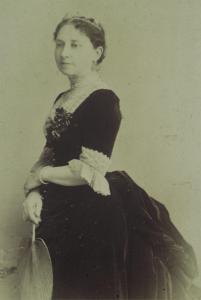
Possibly an image of Lucy Ann Ince
-
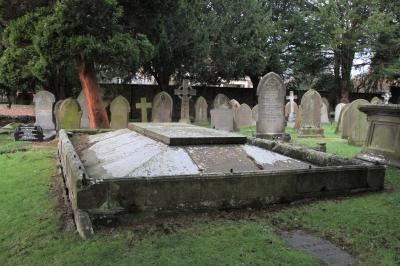
Ince Family Tomb Christleton
-
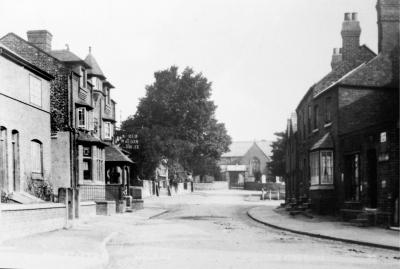
Village Road Christleton in the 1930's
-
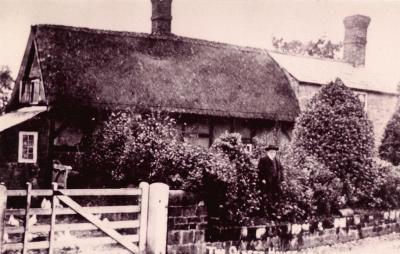
The Old Farm in Village Road Christleton
-
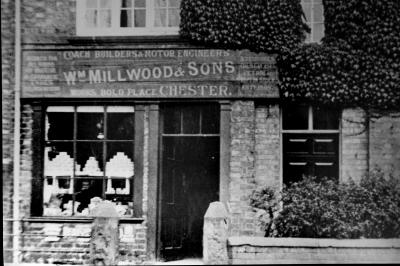
Christleton Village Shop in 1920's
-
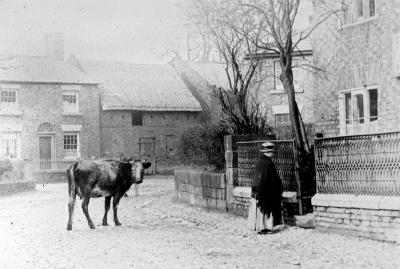
Christleton Village cira 1900's
-
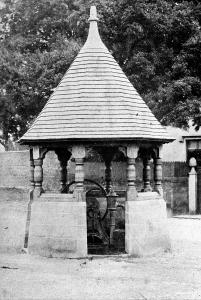
Village Pump House used by Frank Poston

